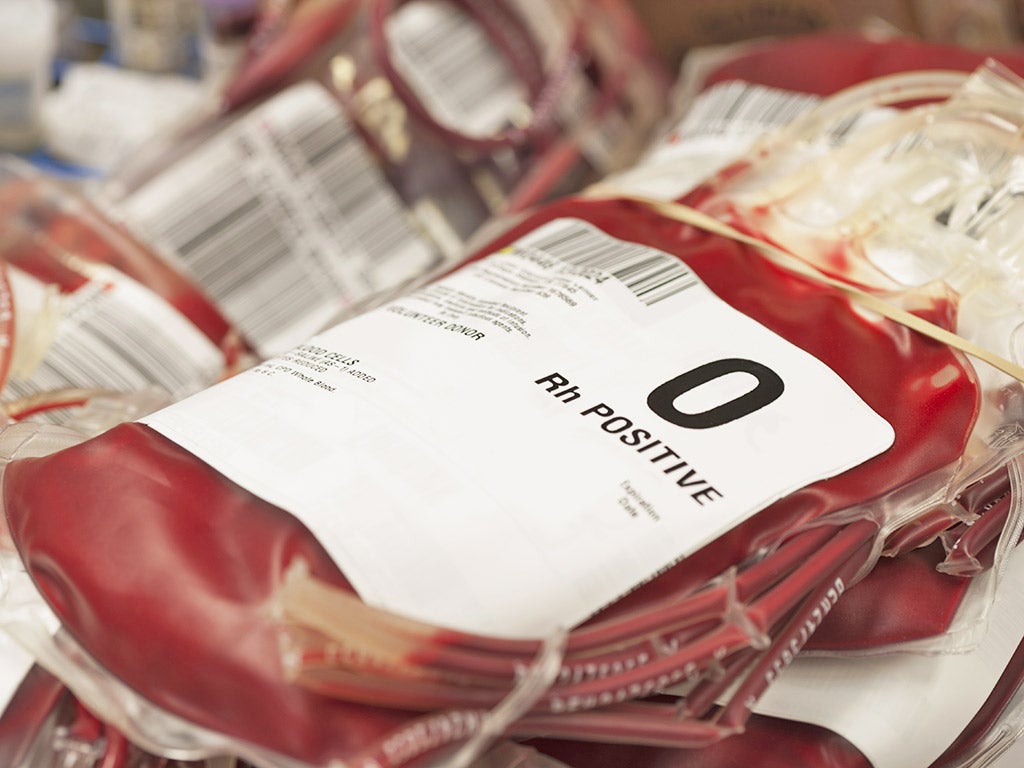Contaminated blood victim ‘swore pact’ with teenage friends to fight for answers
'I’m the only one left... I think about that every day'
Your support helps us to tell the story
From reproductive rights to climate change to Big Tech, The Independent is on the ground when the story is developing. Whether it's investigating the financials of Elon Musk's pro-Trump PAC or producing our latest documentary, 'The A Word', which shines a light on the American women fighting for reproductive rights, we know how important it is to parse out the facts from the messaging.
At such a critical moment in US history, we need reporters on the ground. Your donation allows us to keep sending journalists to speak to both sides of the story.
The Independent is trusted by Americans across the entire political spectrum. And unlike many other quality news outlets, we choose not to lock Americans out of our reporting and analysis with paywalls. We believe quality journalism should be available to everyone, paid for by those who can afford it.
Your support makes all the difference.Five best friends with haemophilia struck a pact as teenagers that they while any of them were left alive they would fight for answers on how thousands with their condition had been infected with HIV and hepatitis C.
Speaking on the second day of hearings for the Contaminated Blood Scandal Inquiry, Stephen Nicholls became visibly emotional when recounting how he was the last one of that group still alive.
The 52-year-old was diagnosed with the clotting disorder at age one and along with 89 other boys with the condition attended Treloar’s School in Hampshire, which had a specialist treatment unit on site.
By their final years of school news reports began breaking of a link between their condition and HIV. Mr Nicholls told the inquiry about the fear throughout the school as infections that were nothing to do with haemophilia started to become more common among his classmates.
The contaminated blood scandal has been described as the worst treatment disaster in the history of the NHS.
It saw almost 5,000 people with haemophilia infected after being given clotting factors made from blood obtained from US prisoners, sex workers and drug addicts infected hepatitis C or HIV in the 1970s and 1980s.
It was only after leaving the school that Mr Nicholls was diagnosed with hepatitis C in 1991, and he became visibly upset when telling the inquiry he was the last of that group still alive.
“It was my last year at a school when the first haemophiliacs were starting to die and everyone was really scared,” the 52-year-old who lives in Farnham, Hampshire said.
“We realised that this is really serious. This is killing us, killing haemophiliacs.
“There were four or five of us in a room and we said: ‘This is going to happen to us, we can see it.”’
“We said: ‘Right, we’ve stuck together right through our childhood. If it happens and it kicks off we’re going to rely on the person still alive to pursue it and find out why and what went wrong.’
“I’m the only one left. That’s tough, I think about that every day.”

Only 16 of the boys who attended the school are alive today and part of the inquiry is investigating the treatment the students at Treloar’s received to discover if they were given contaminated blood products.
Mr Nicholls, now a father of two, said the reality of living and studying with so many children with the condition was that they were “exposed to mortality at a very young age”.
He told the inquiry he saw a handful of people die during six years at the school, including on friend who collapsed during a football game a passed away before help could arrive.
Two previous inquiries have been branded a whitewash by campaigners.
The latest effort is expected to take years to complete and its chair Sir Brian Langstaff said it would be “frightened of no one”.
As well as haemophiliacs, infected blood was also used in transfusions for patients in need of emergency medical treatment, such as haemorrhage during child birth, or cancer.
Evidence from Carolyn Challis, now 63, also called into question assertions from medical authorities that infected was not given out after 1991 when stricter screening protocols were put in place.
She developed Hepatitis C in 1992 after receiving three transfusions while being treated for blood cancer leukaemia and appealed for anyone who received blood transfusion in this time to take a cheap test.
Ms Challis has been denied compensation and support because it was after the cut-off despite demonstrating how poor record keeping meant it was impossible to keep track of the blood stocks with many batch numbers containing errors.
Rebecca Halford, chief executive of the Hepatitis C Trust, said there have been other cases of people coming forward after being infected through transfusions after September 1991.

Join our commenting forum
Join thought-provoking conversations, follow other Independent readers and see their replies
Comments